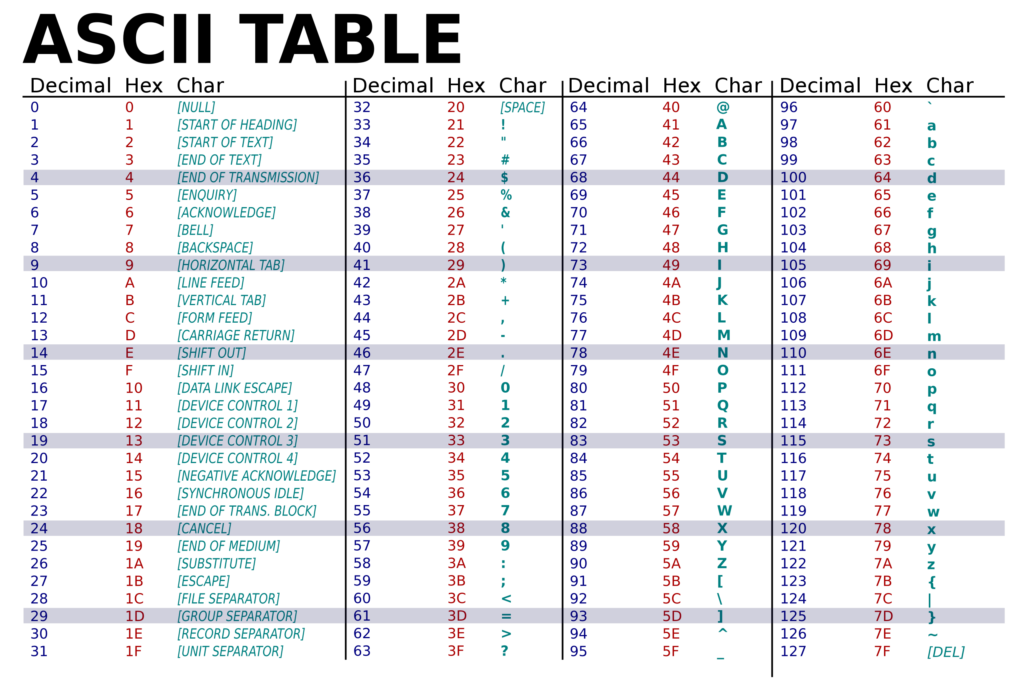Test Your Knowledge (Ch 3)
The following questions are based on what we have learned so far in Chapter 3 – The Printf Function. To test your understanding, try answering the following questions. The explanations are also provided to each question so you can always check the correctness of your answers. All the best 👍

Leave a comment